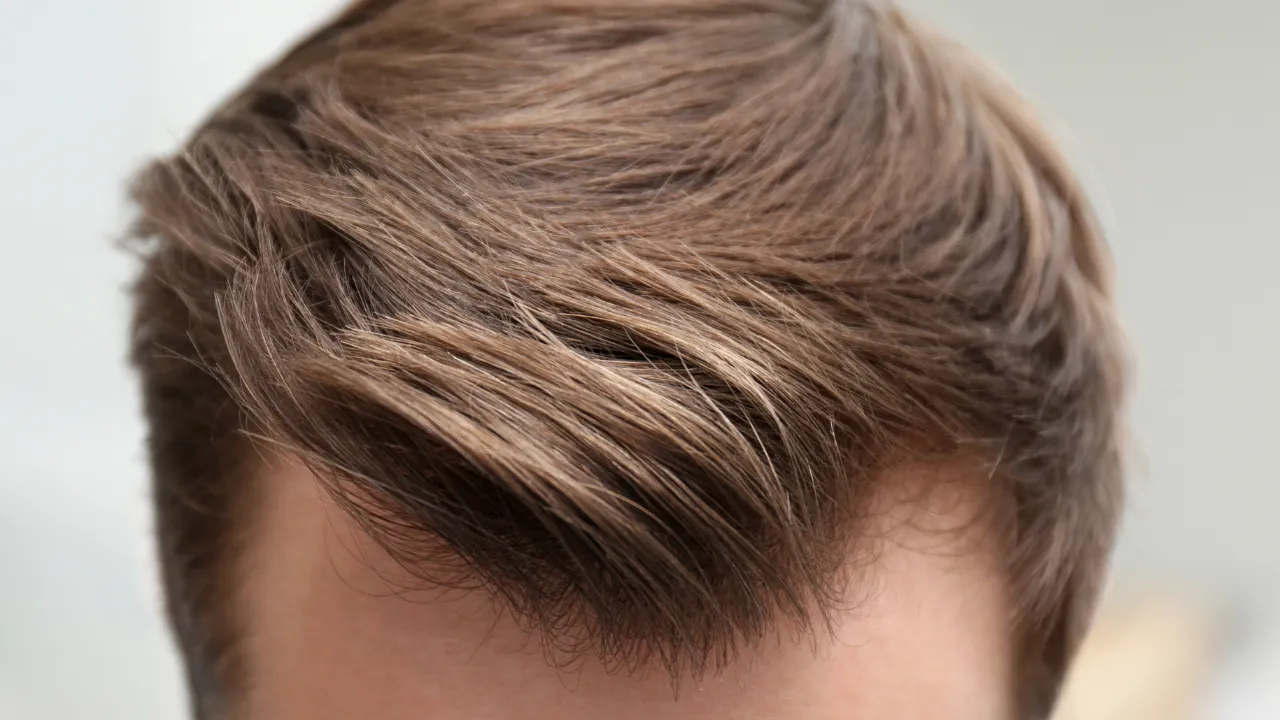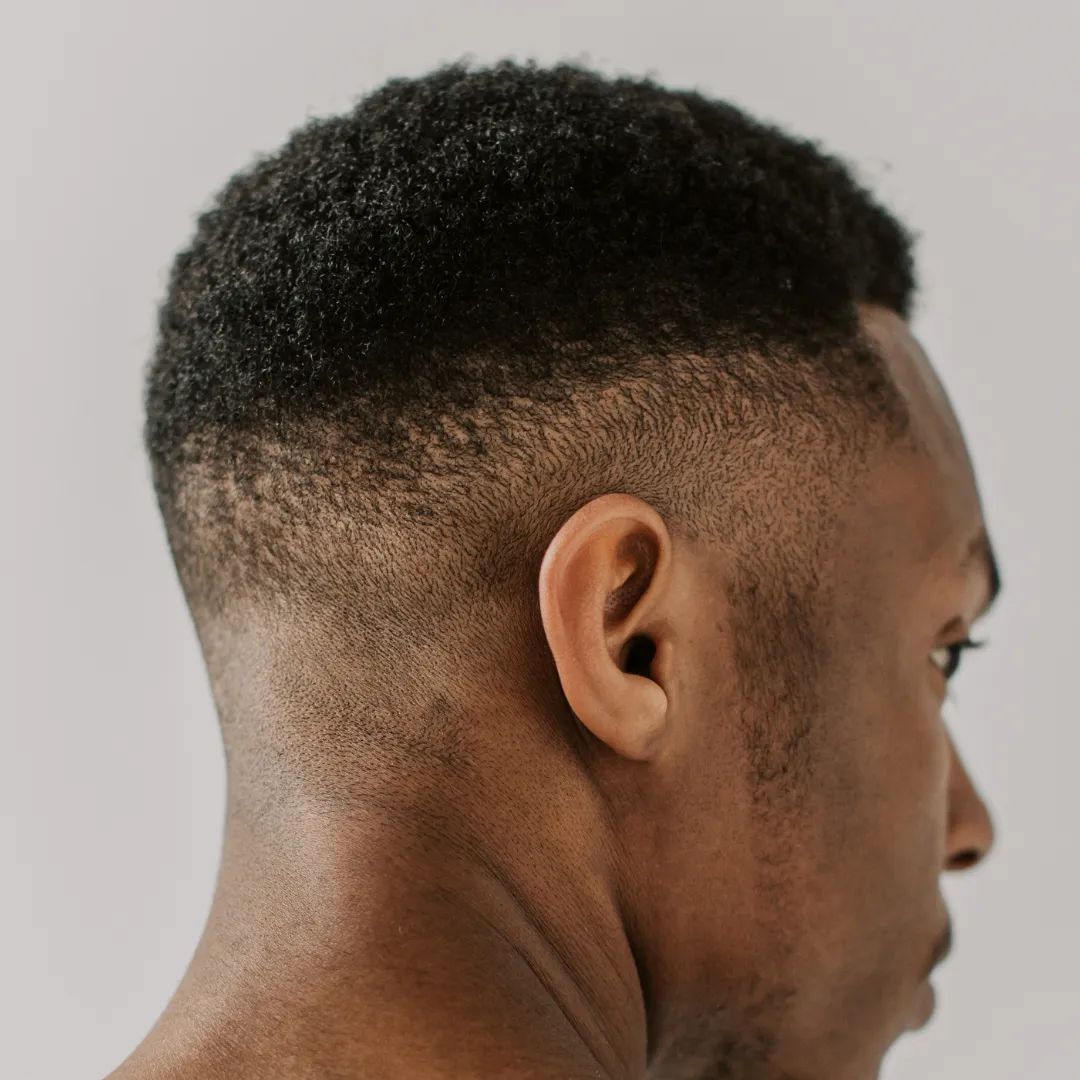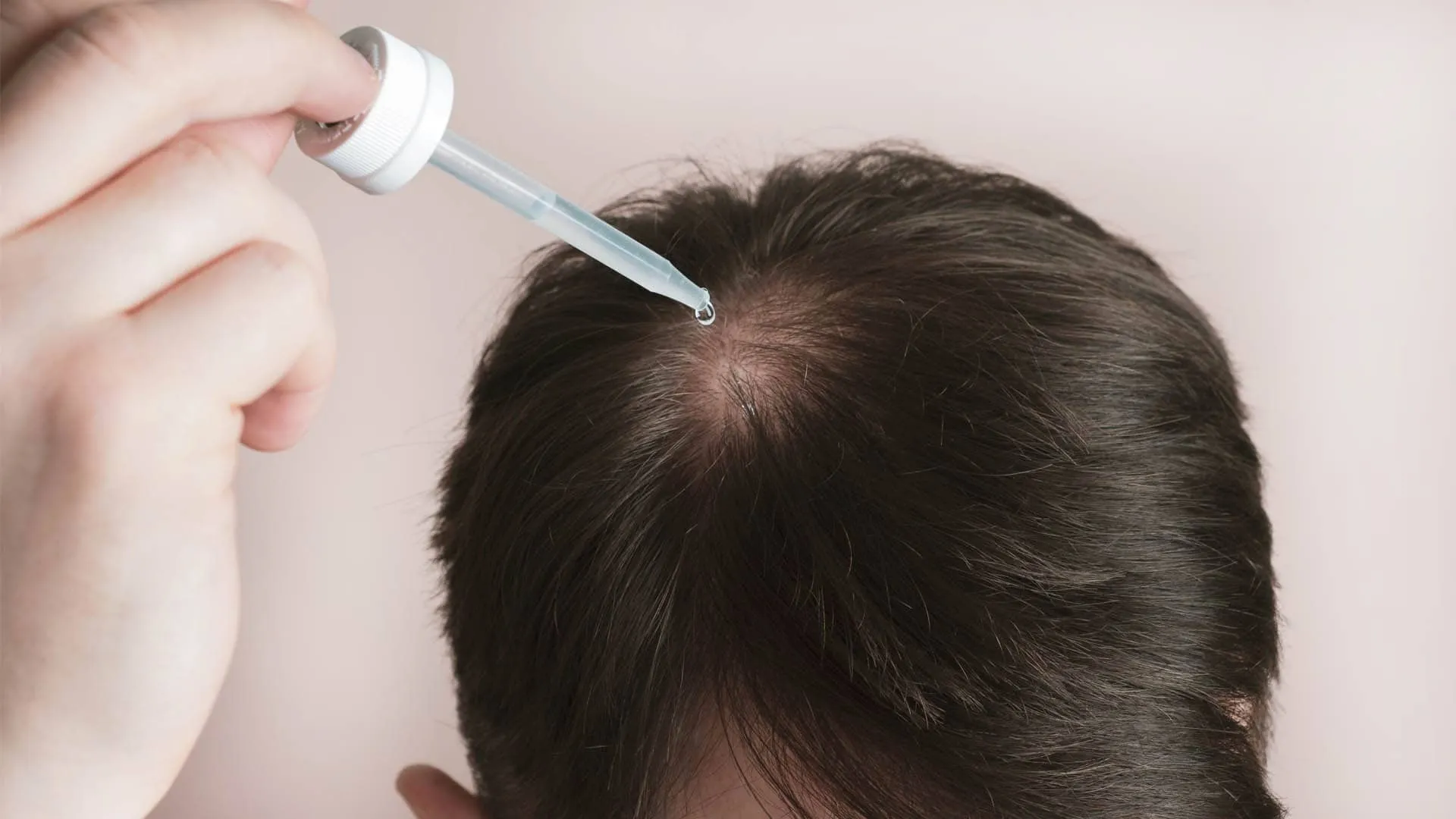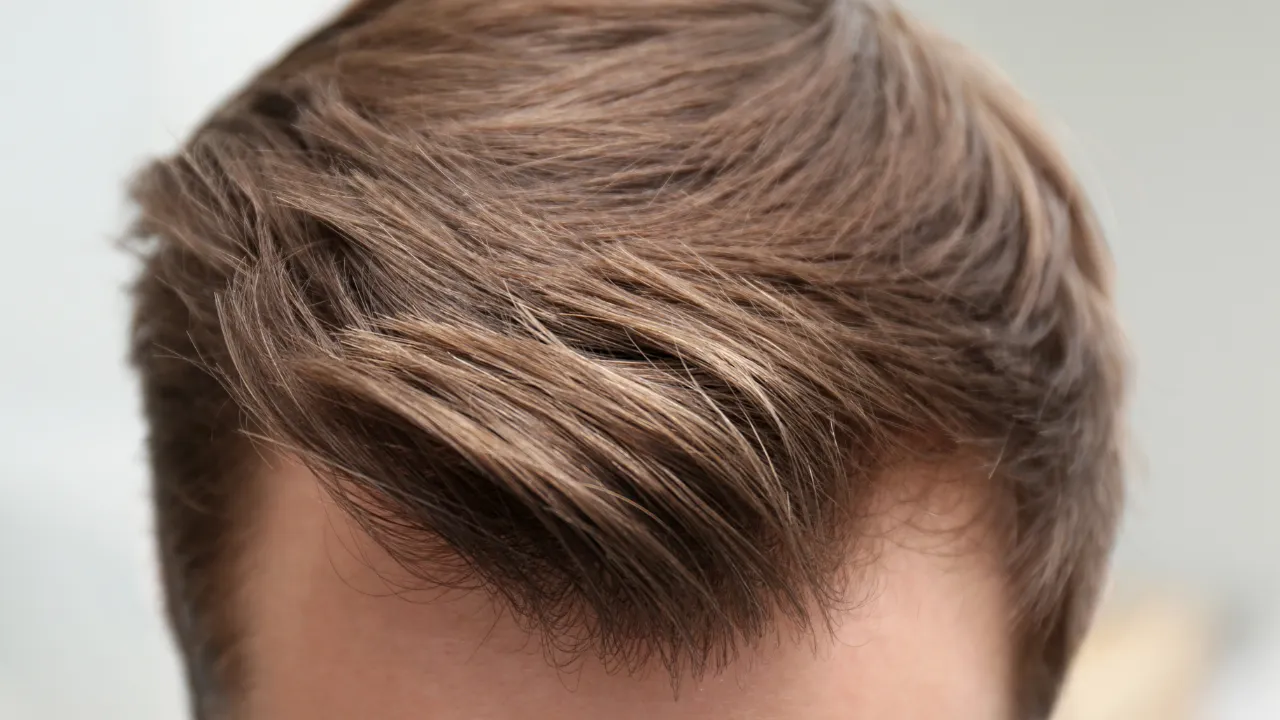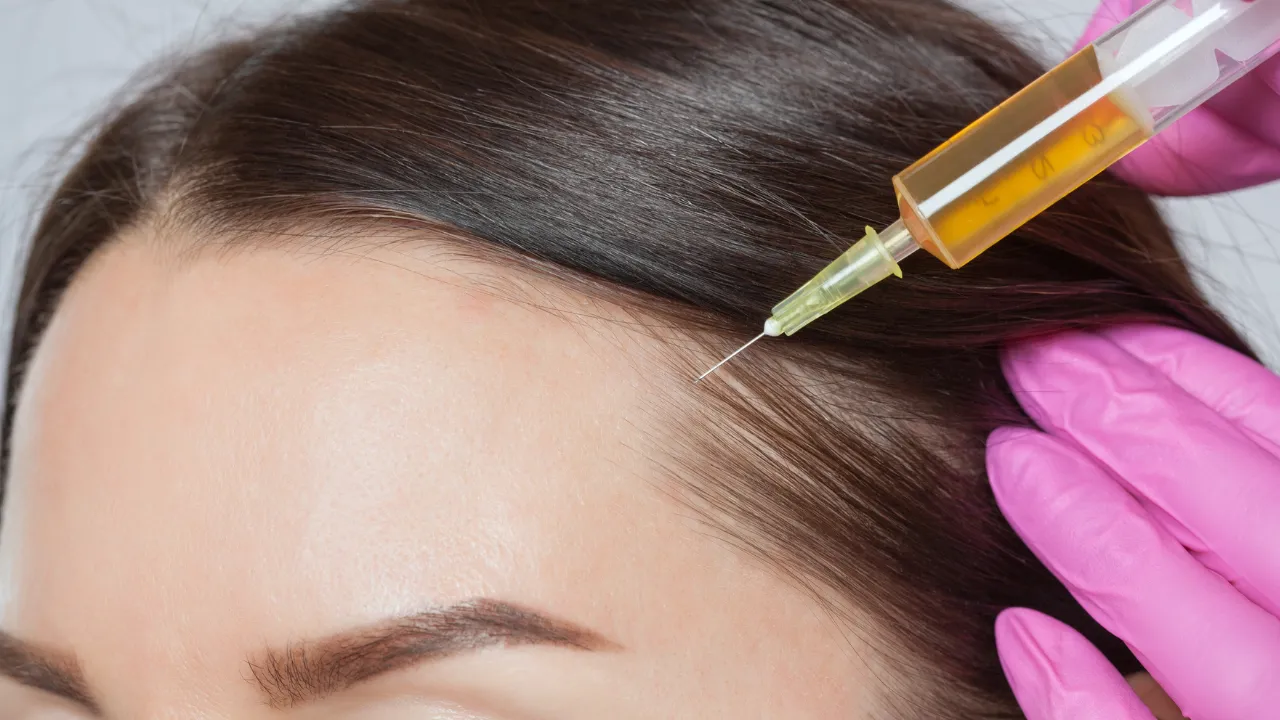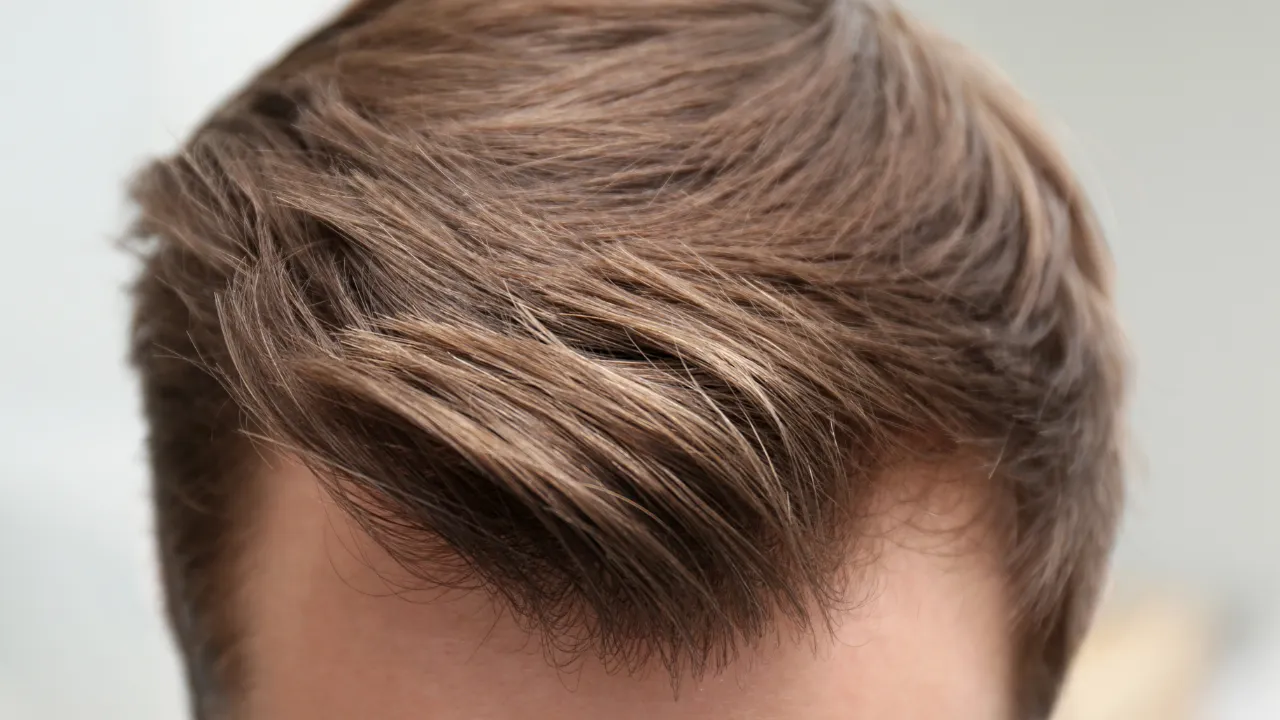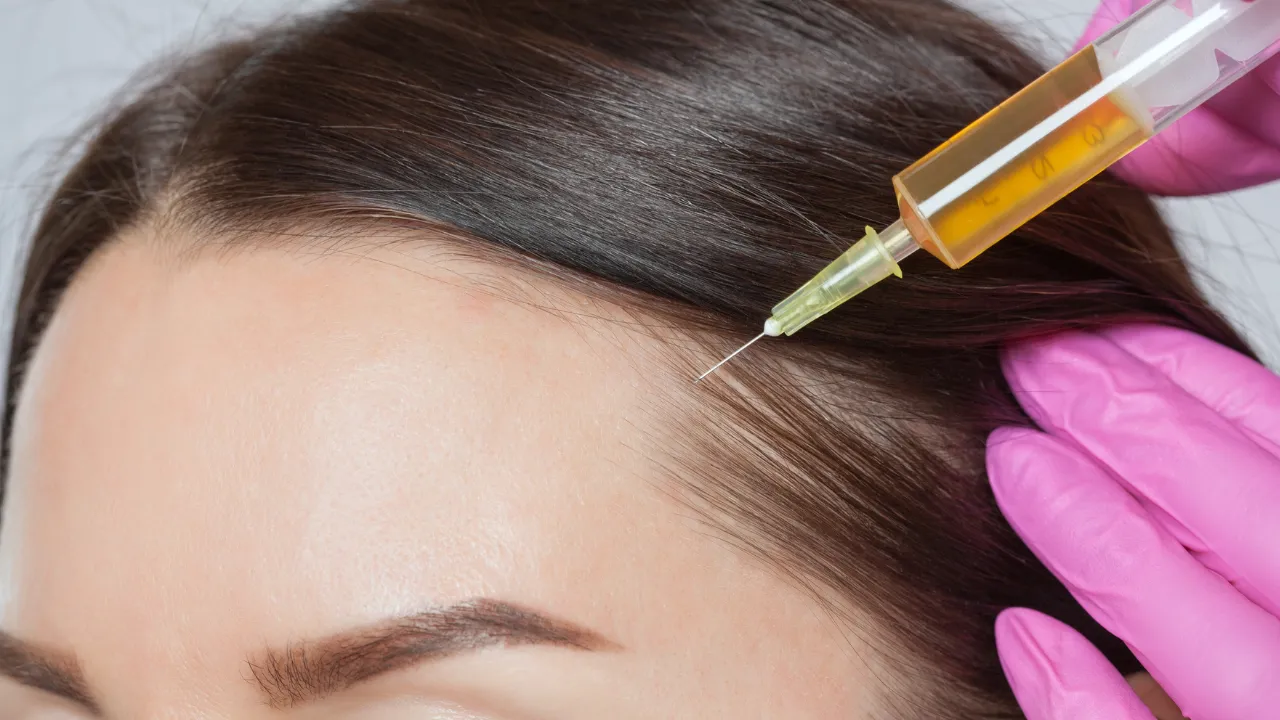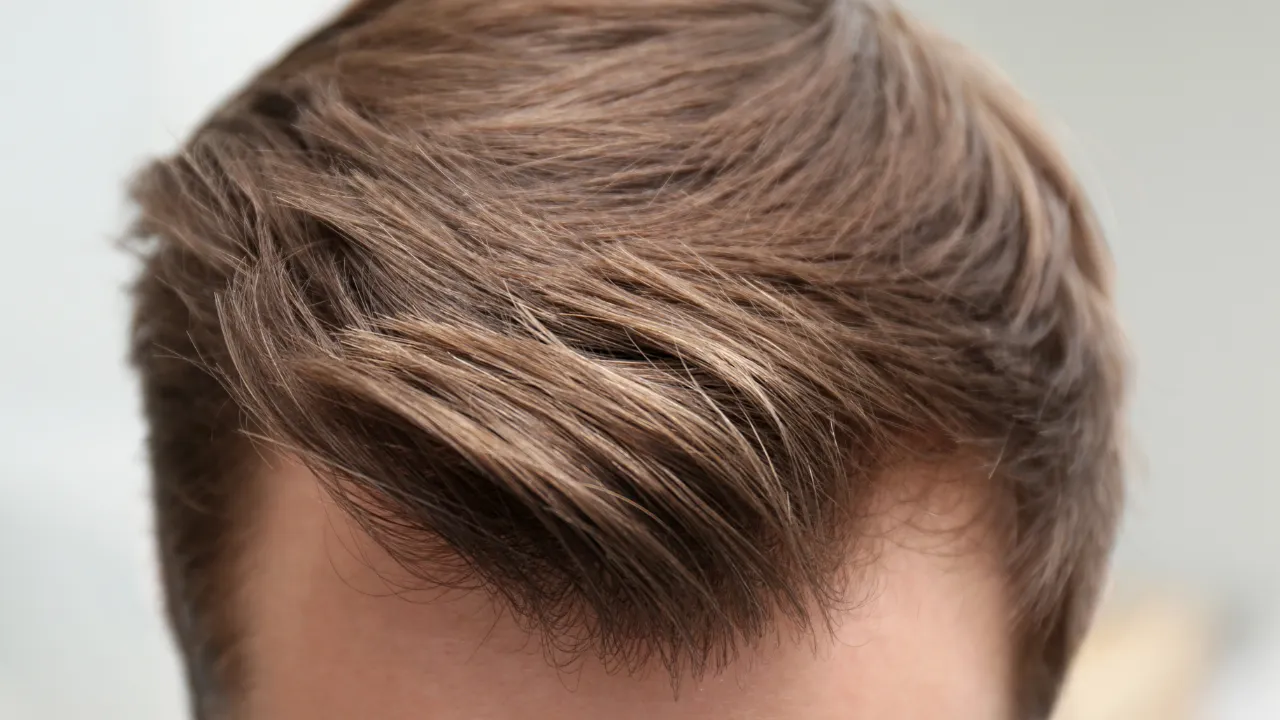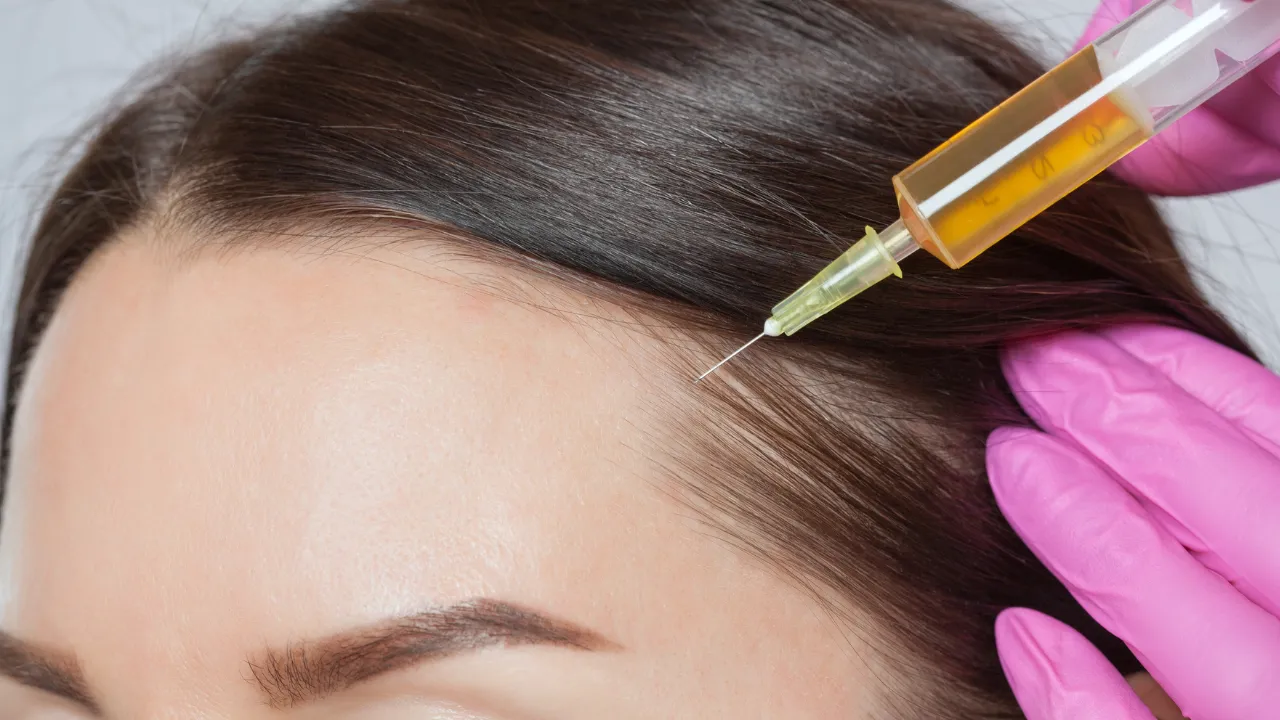Searching for African American hair Transplant in NYC? Afro textured hair restoration requires specialized techniques due to its distinct characteristics. At Dr. Kopelman’s practice, we focus on personalized care to address these specific needs. This guide will explore the causes of hair loss, transplant methods and what to expect from hair plugs for black males and females. Helping you make an informed decision.
Genetic factors, such as androgenetic alopecia, also play a significant role, particularly in male and female pattern baldness.
Additionally, conditions like central centrifugal cicatricial alopecia (CCCA) and poor scalp health can contribute to hair loss. Making it crucial to understand these underlying causes to effectively address and treat the issue.
Many patients dealing with African American male thinning hair seek options that protect curl integrity and density.
Posted on
As we previously mentioned, hairline transplants on black individuals present unique challenges that require specialized techniques. Key challenges include:
Another important consideration in black people’s hair transplants is the risk of visible scarring, especially with techniques like Follicular Unit Transplantation (FUT). Surgeons must be particularly careful to minimize scarring, ensuring that the results blend seamlessly with the natural hairline. Understanding and addressing these specific challenges is essential for achieving successful and natural-looking outcomes in black hair implants.
Many patients wonder how their results hold up years after surgery.
You can learn more in our guide on hair transplant after 10 years, which explains how transplanted hair continues to grow over time.

Understanding these unique characteristics is key to developing effective and personalized treatment plans. Hair restoration isn’t limited to the scalp. Discover how an eyebrow transplant for Black woman can help you achieve fuller, natural-looking brows.
African-American hair offers distinct advantages in transplantation, including its natural density and thickness, which can create fuller coverage with fewer grafts. The unique curl pattern also enhances scalp coverage, resulting in a more voluminous and natural-looking outcome.
These characteristics make African-American hair particularly well-suited for achieving successful and aesthetically pleasing transplant results.
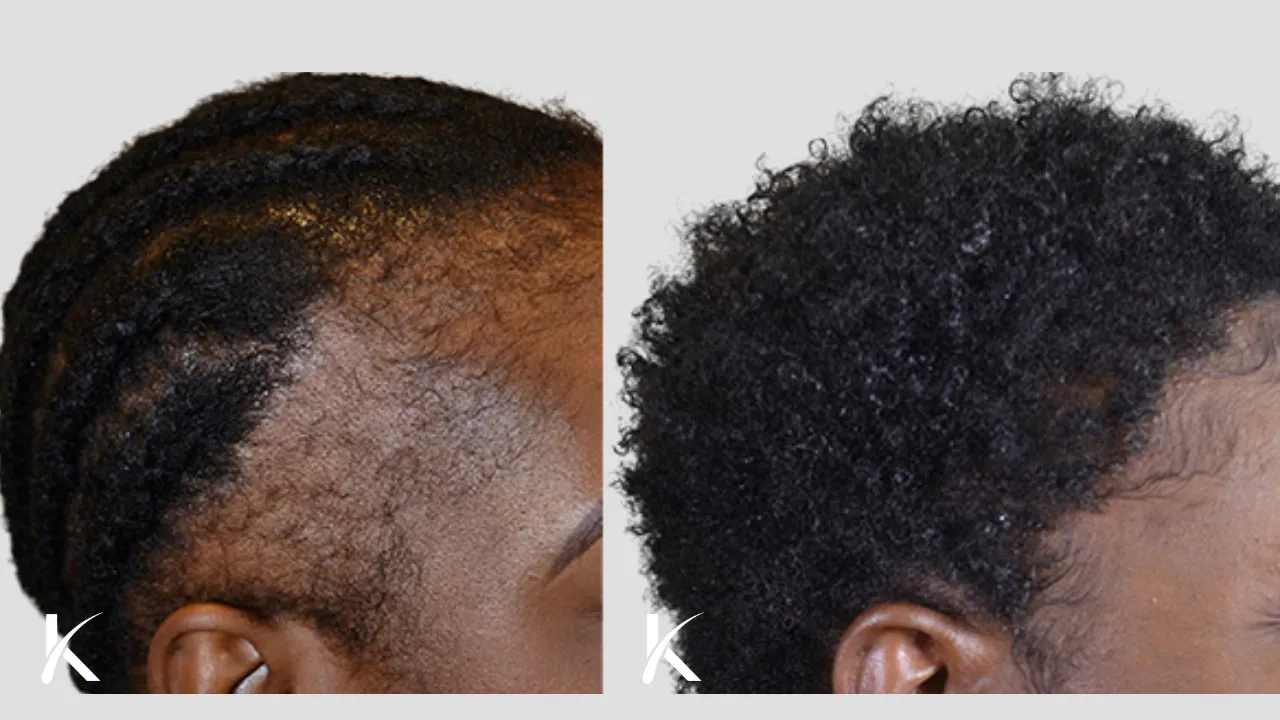
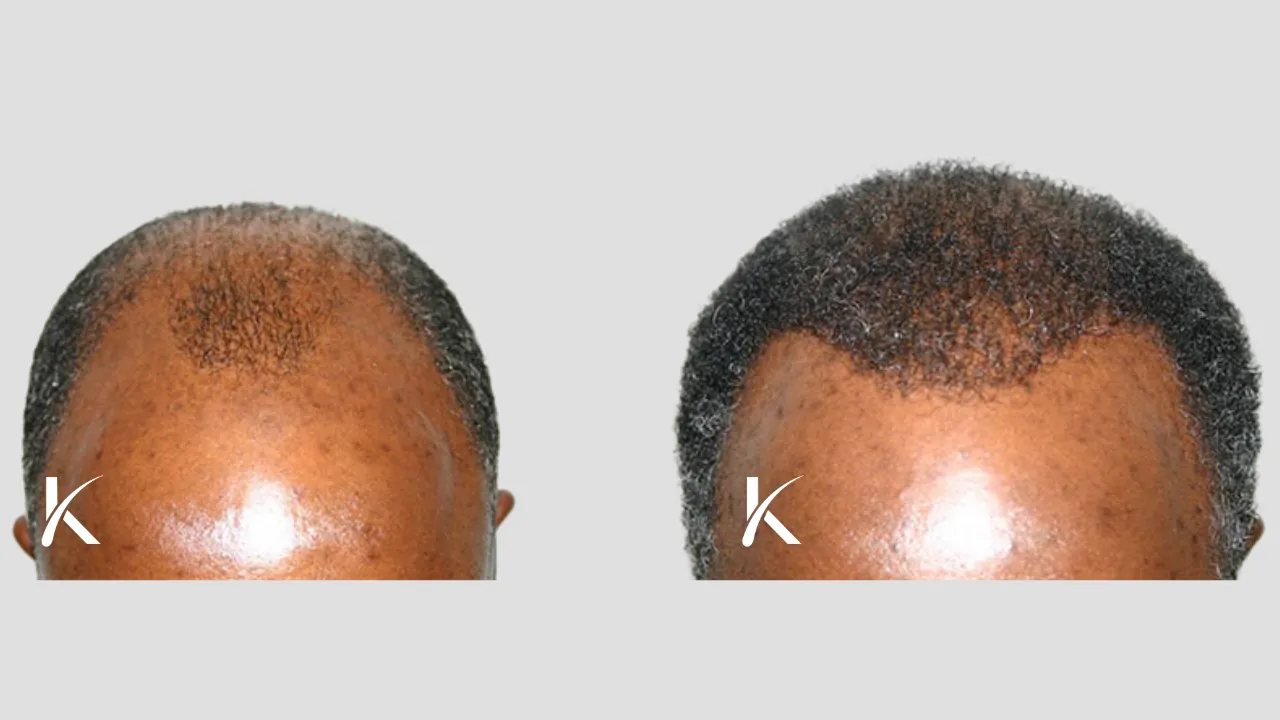
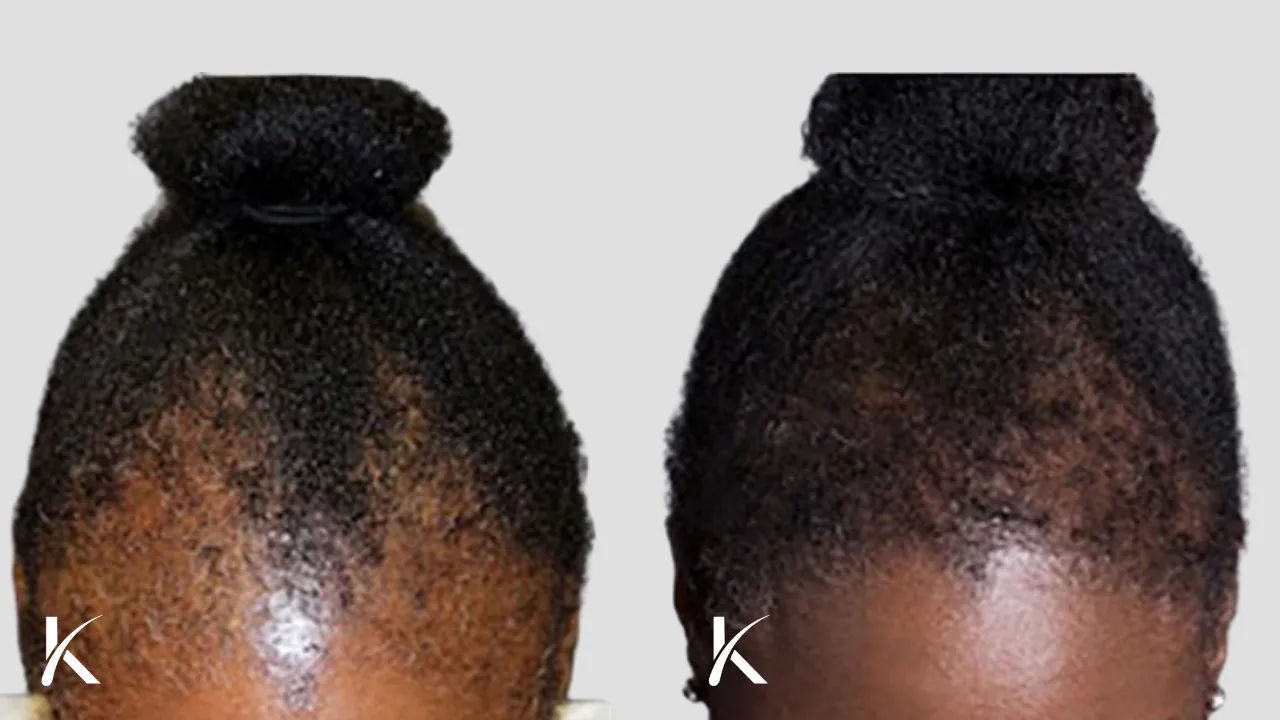
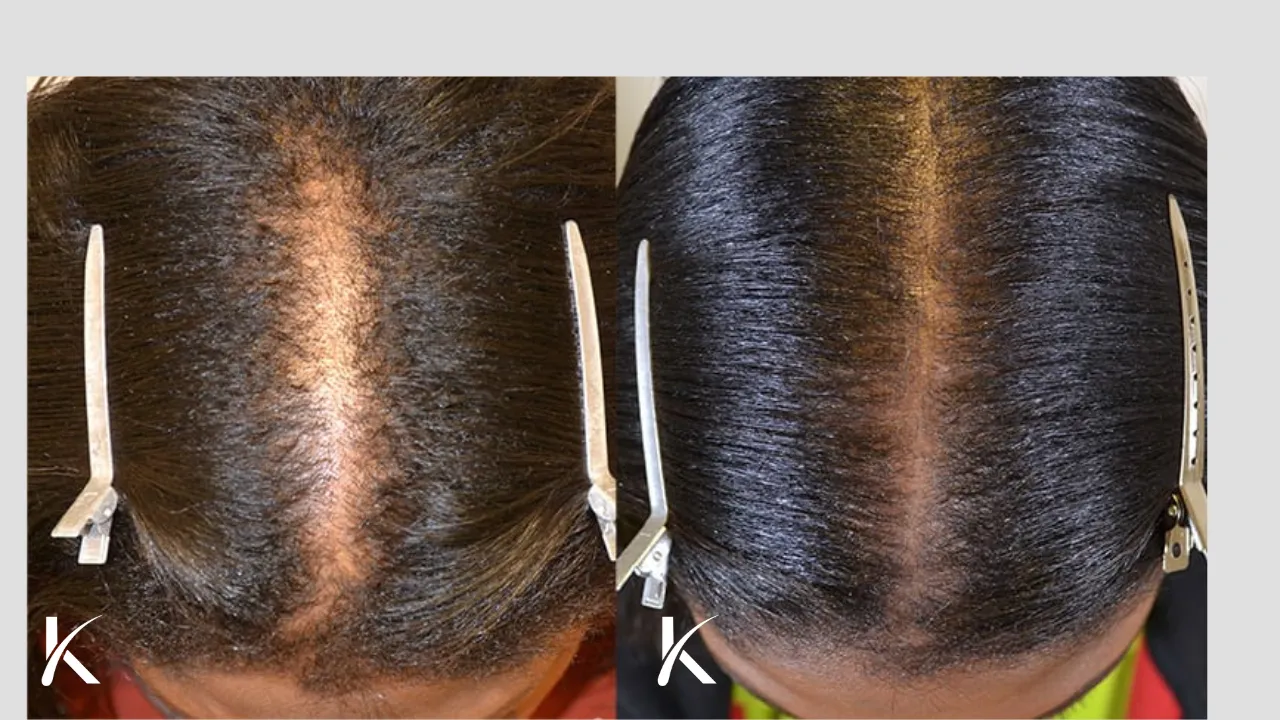

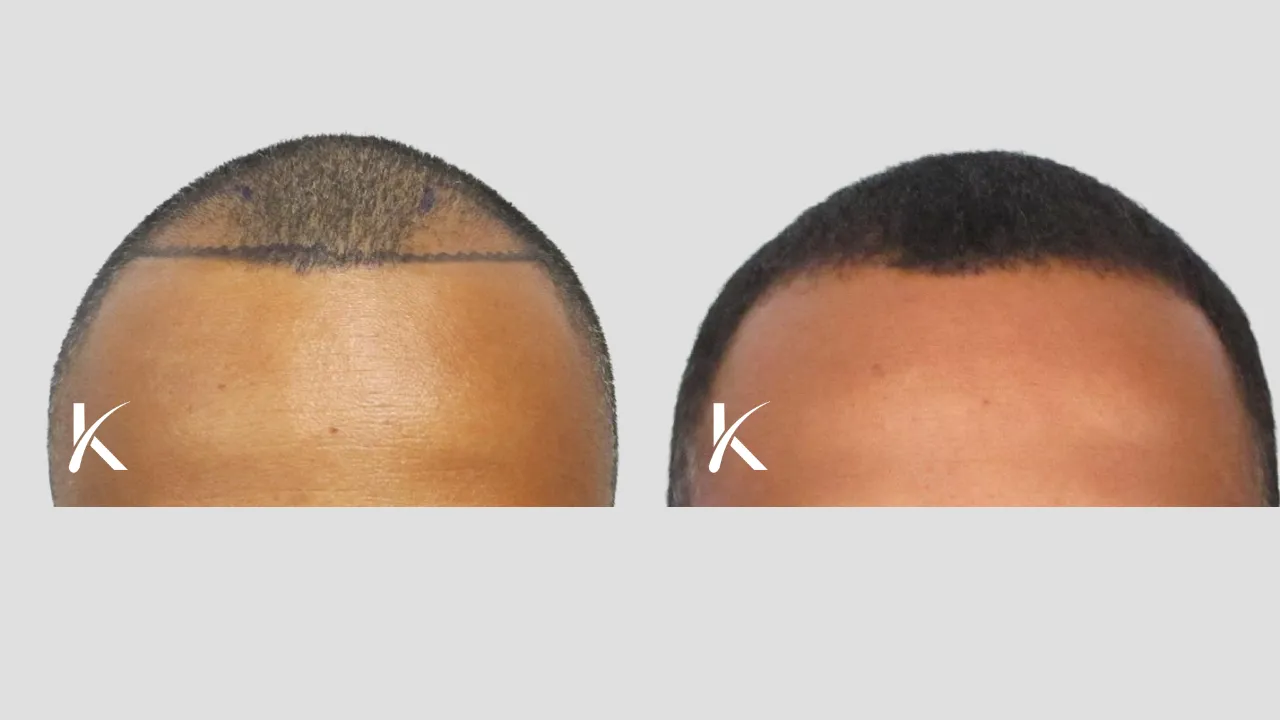
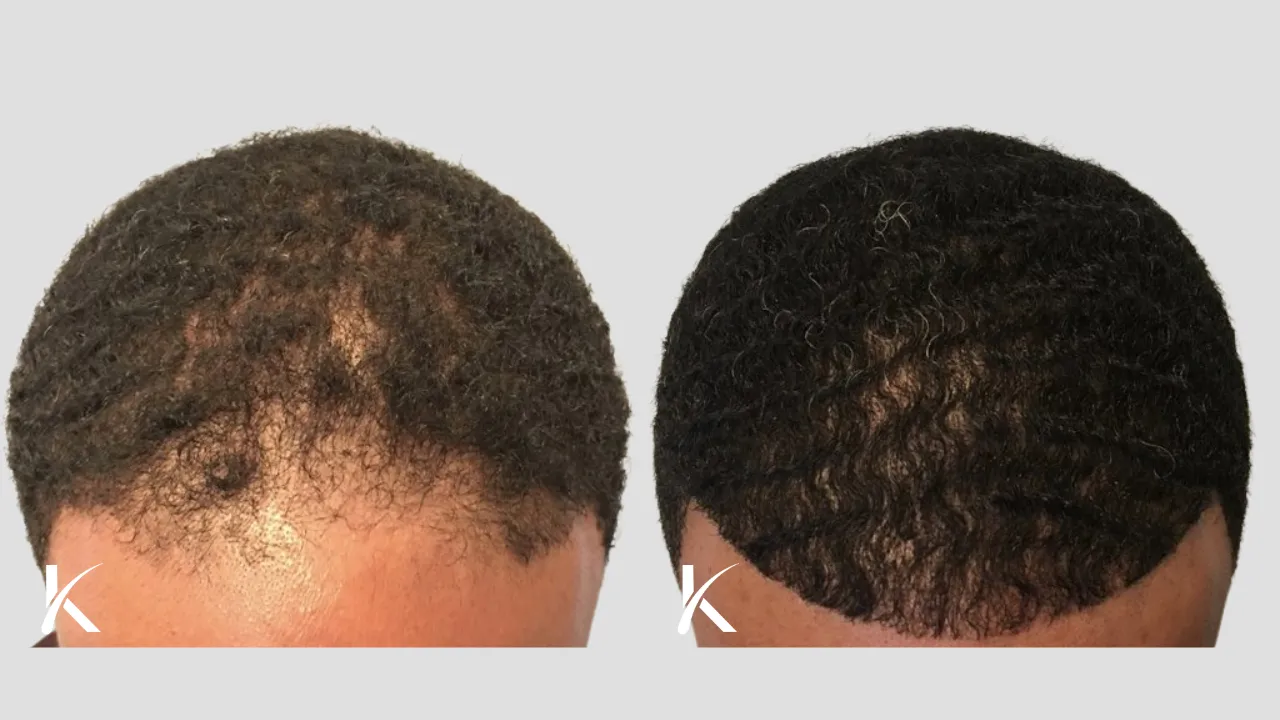
Seeing real-life results can be inspiring. Browse through our African American transplant before and after gallery to witness the transformative outcomes of our hair restoration services.
Understanding the financial aspects is crucial when considering hair restoration.
For a comprehensive overview of expenses, explore our detailed guide on Afro hair transplant cost
To schedule a private consultation with Kopelman Hair Restoration,
please call the office or request an appointment online.
